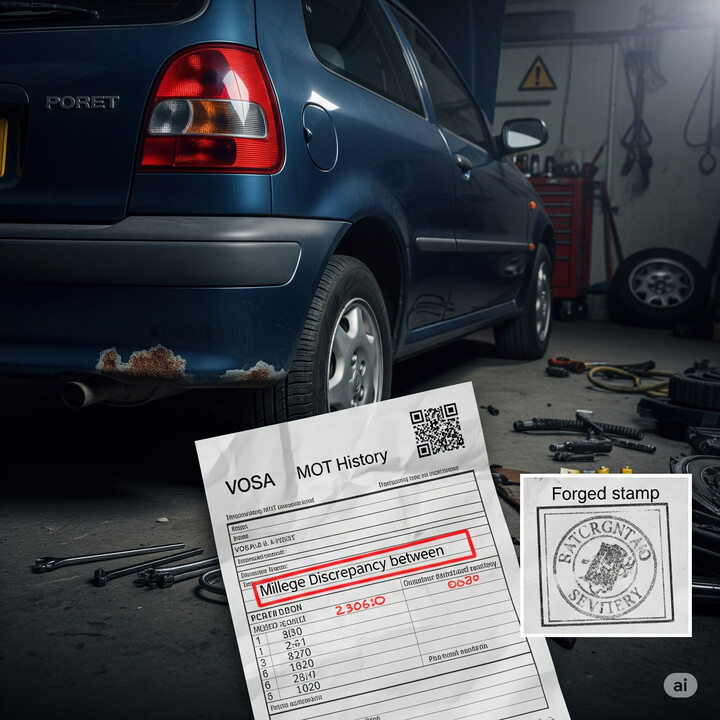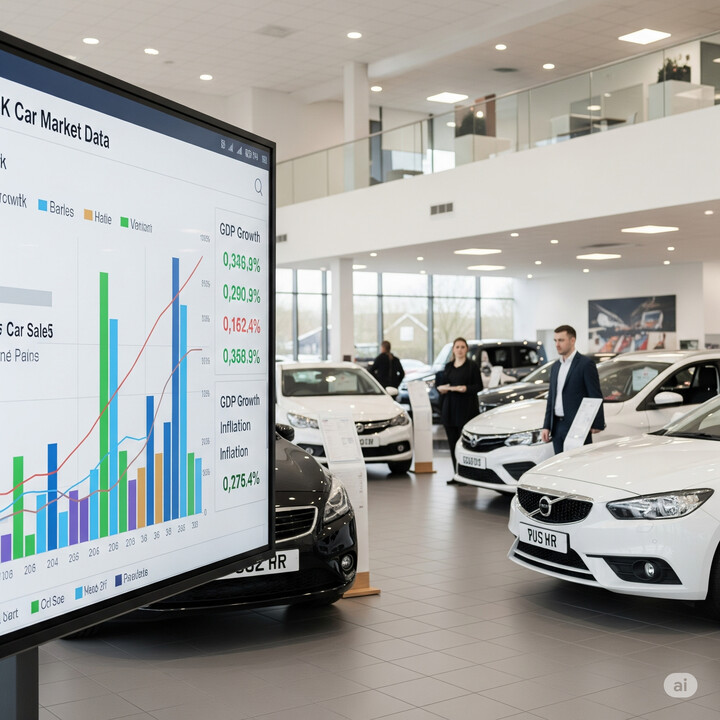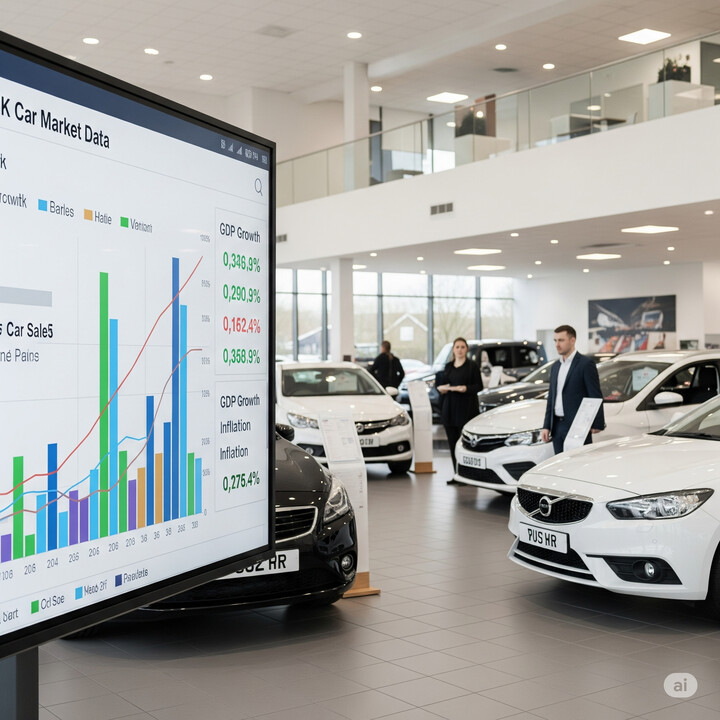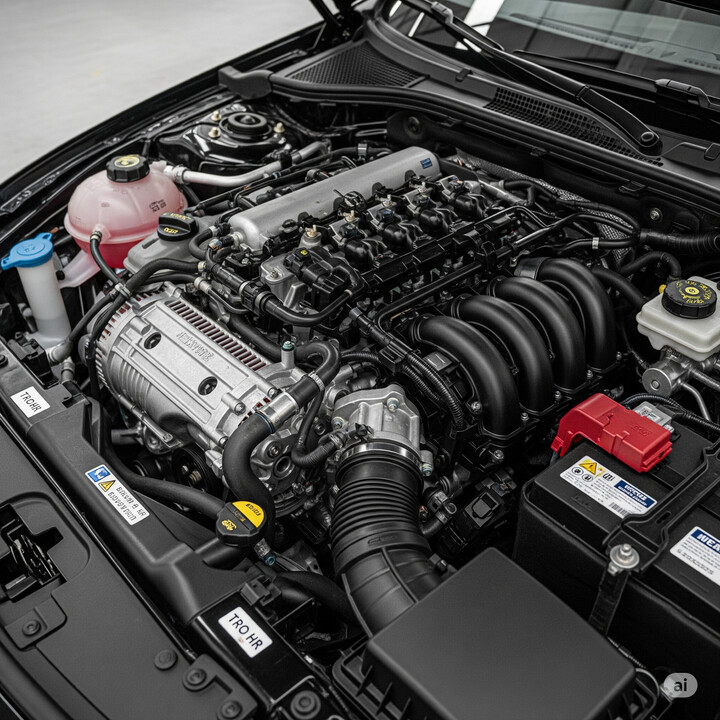
BMW X3 (2004-06)
The BMW X3 (2004-06) is a compact luxury SUV that appeals to drivers seeking versatility, comfort, and a premium driving experience in the UK market. Known for its solid build quality and stylish design, this vehicle comfortably fits families, outdoor enthusiasts, and those who want a blend of practicality and sporty flair. Its higher ground clearance and spacious interior make it well-suited for daily commuting, family trips, and occasional off-road adventures, making it a popular choice among used car buyers looking for reliability and a touch of luxury.
What sets the BMW X3 (2004-06) apart in its class is its blend of sporty handling with SUV practicality. It typically offers good interior comfort, a reputation for strong driving dynamics, and a prestigious badge that appeals to those wanting an executive feel in a smaller, more manageable package. Compared to its rivals, the X3 is often praised for its superior ride quality and driving experience, making it a standout option for both city driving and longer journeys. When considering a used model, it's worth noting the average recorded mileage of around 130,000 miles, with many owners having kept the vehicle for several years, reflecting its durability and appeal.

average use

The data indicates that for BMW X3 (2004-06) vehicles, the most common recorded mileages are between 120,000 and 130,000 miles (12.3%) and 110,000 to 120,000 miles (10.8%). Lower mileages under 10,000 miles are rare, representing only about 2.7%. There is a notable decline in the proportion of vehicles as mileage increases beyond 200,000 miles, with only small percentages (around 0.8% to 1.2%) reaching these high levels. The distribution suggests that most vehicles are clustered around the 110,000 to 130,000-mile range, with very few vehicles recorded at extreme mileages above 270,000 miles.

vehicle values

The data indicates that the majority of private sale valuations for BMW X3 models from 2004 to 2006 fall within the £0 to £1,000 range, accounting for approximately 78.1% of the listings. A smaller proportion, around 21.9%, are valued between £1,000 and £2,000. This suggests that most privately sold BMW X3 vehicles in this period are typically valued at lower price points, possibly reflecting factors such as vehicle condition, mileage, or market demand for older models.

production years

The data indicates that among BMW X3 models from 2004 to 2006, the majority were manufactured in 2005, accounting for 37.3%. Vehicles from 2004 are closely represented at 32.3%, while those from 2006 make up approximately 30.4%. This suggests a fairly even distribution of manufacturing across these three years, with a slight peak in 2005. Such insights can be helpful when assessing the age and potential depreciation of vehicles within this range.

colour popularity

The data on the main paint colour of 2004-2006 BMW X3 vehicles shows that black is the most popular choice, accounting for approximately 38.8% of the models. Silver and grey are also common, representing 17.7% and 20.8% respectively, while blue is chosen by 20% of owners. Less popular colours include green (1.9%), red, and white (both at 0.4%). This suggests a strong preference for classic, neutral colours among buyers of this model during that period, with black being particularly prevalent.

ownership cycle

The data on registered keepers for the BMW X3 (2004-06) reveals a varied distribution of ownership tenure. The most common number of keepers is 7, accounting for 14.2% of vehicles, suggesting a typical ownership period. Notably, a significant proportion of vehicles have had between 5 and 9 owners, with 13.8% at 6 keepers and 11.2% at 5 keepers, indicating moderate turnover. There are also small percentages with very few owners—around 0.4% each for 1, 15, and unrecorded keepers—possibly reflecting vehicles that are older, have been recently transferred, or have incomplete data. Overall, the data points to a mix of vehicles that tend to change hands multiple times, which is common for this model and age range, but a notable subset remains with fewer owners, potentially indicating well-maintained examples or vehicles with shorter ownership spans.

engine choices

The data for BMW X3 (2004-06) vehicles indicates a diverse range of engine capacities and fuel types. Notably, 38.1% of these vehicles have an engine capacity of 1995 cc, making it the most common, followed by 2494 cc and 2979 cc engines, each constituting approximately 23.5%. A smaller portion, 15%, features a 2993 cc engine. Regarding fuel types, a slight majority (51.5%) run on diesel, while petrol-powered models account for 47.7%. A minimal 0.8% are bi-fuel gas vehicles. Overall, the data reflects a fairly balanced distribution between diesel and petrol engines, with a significant portion of vehicles equipped with mid-range engine capacities.












